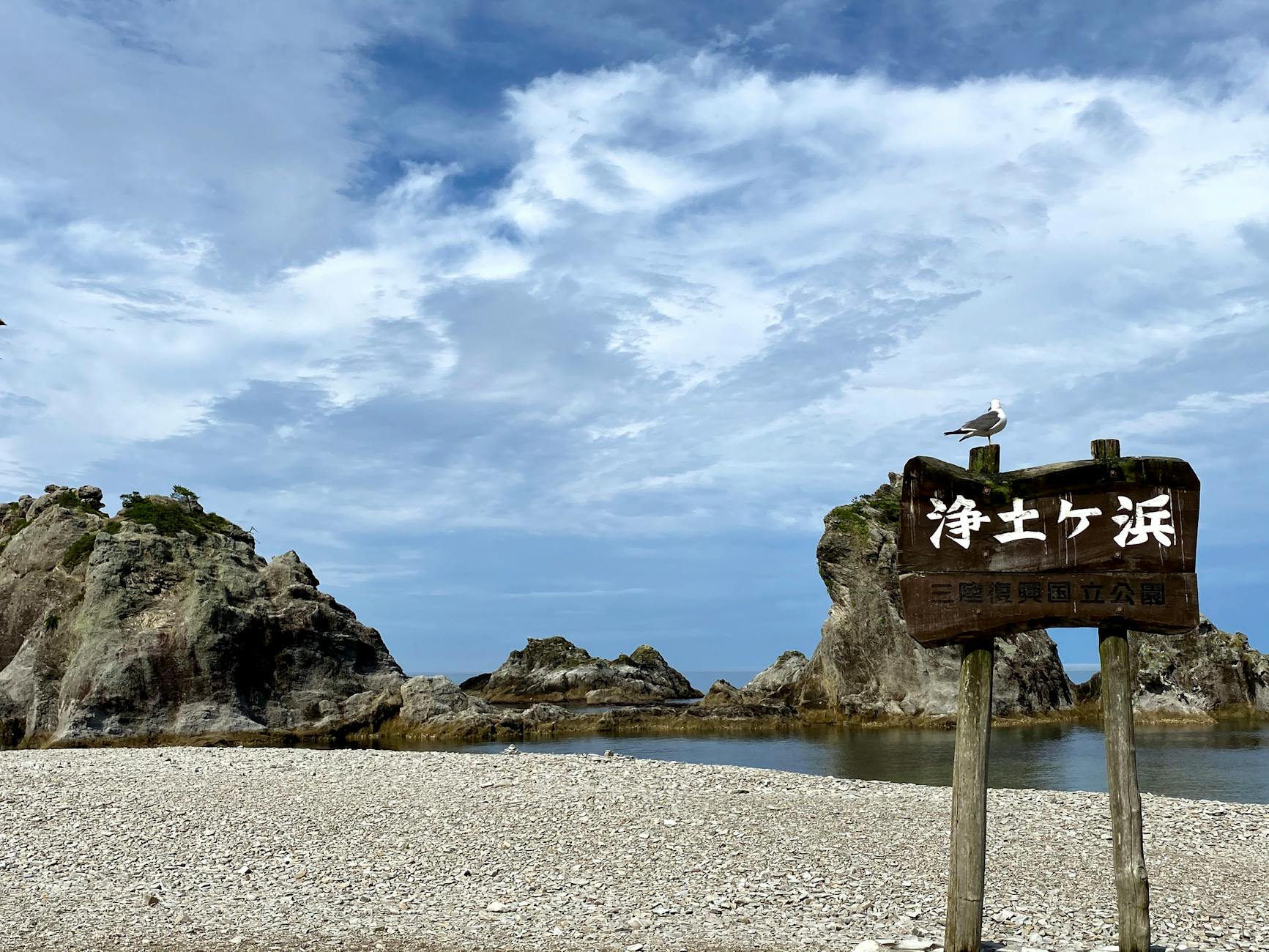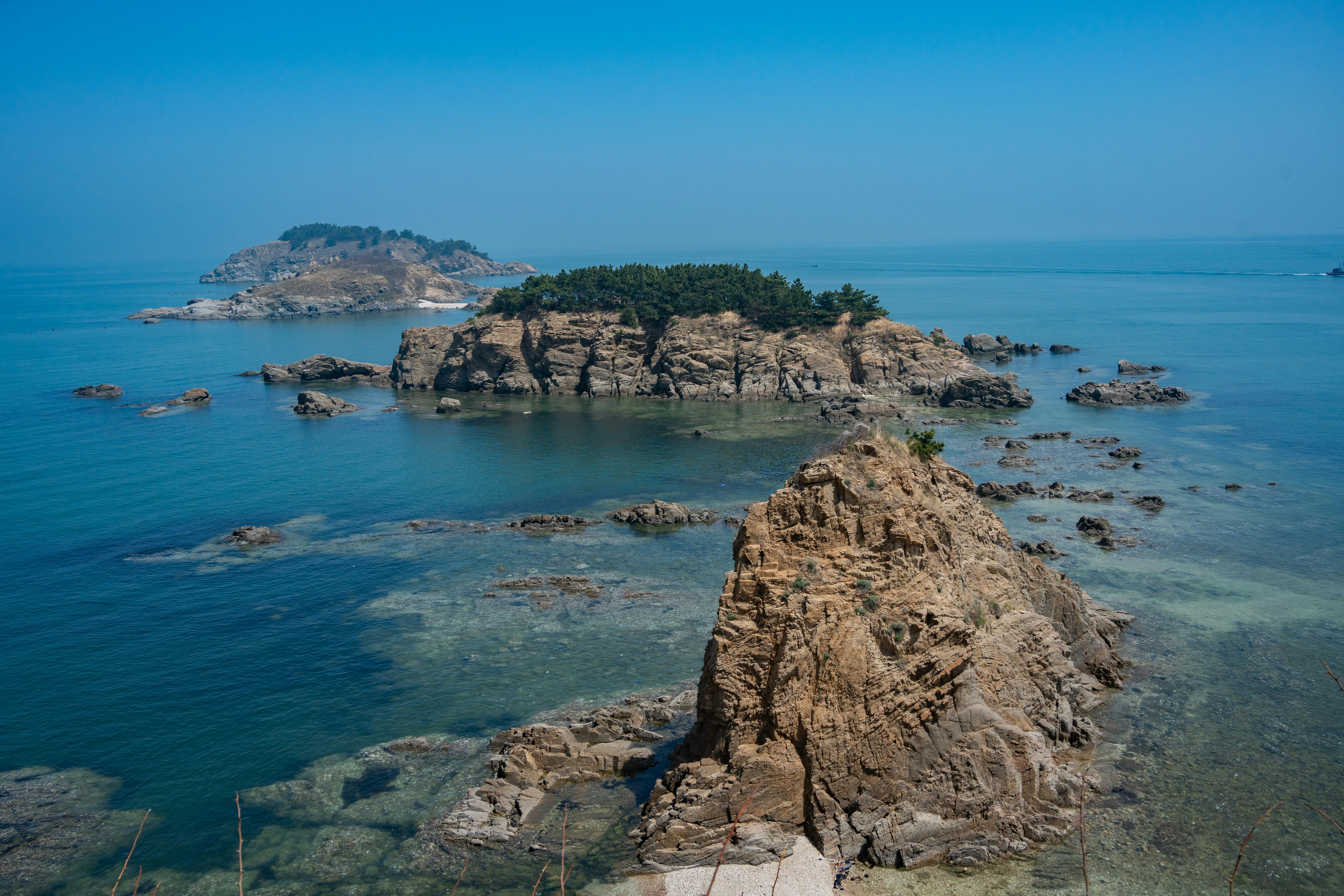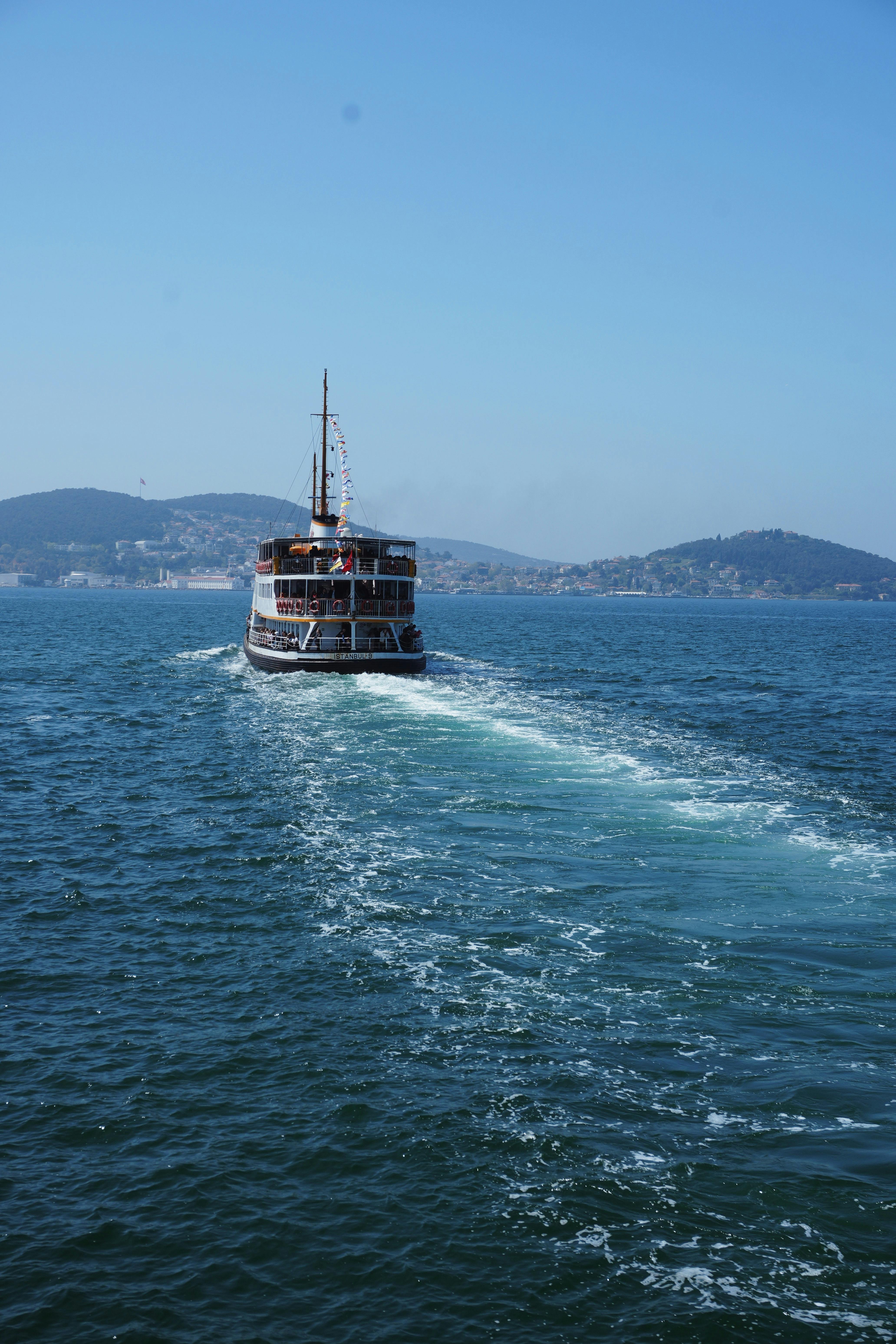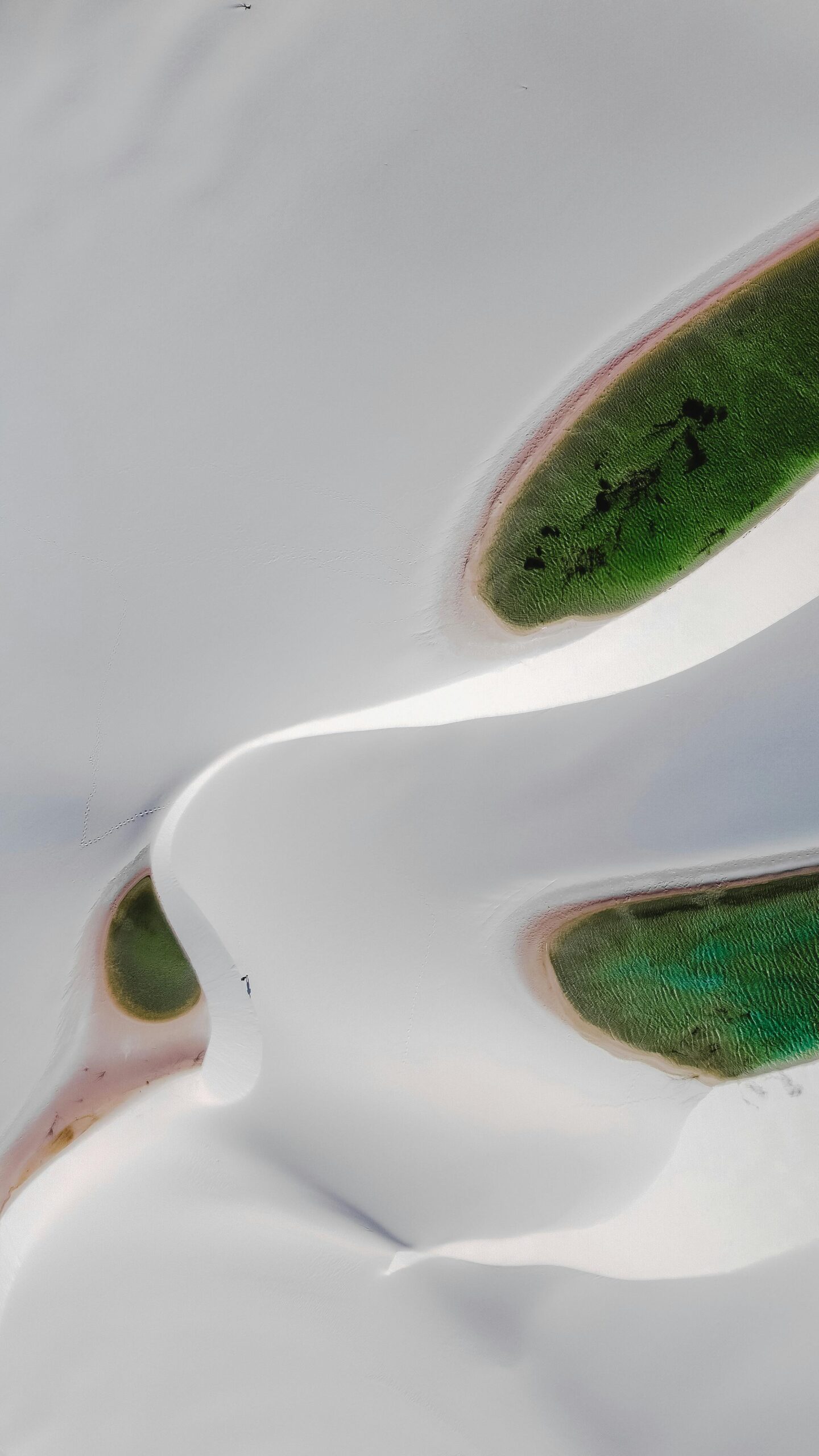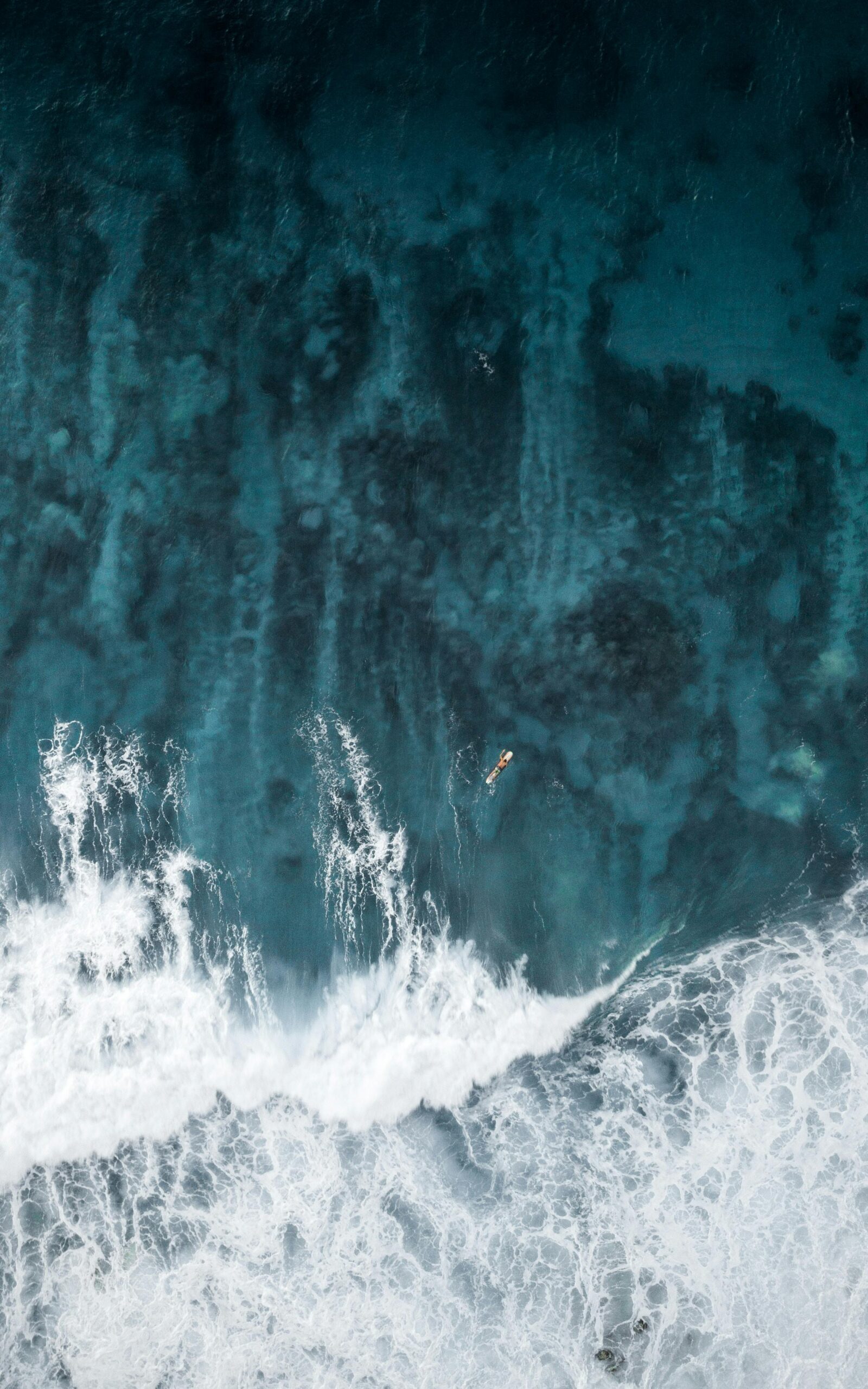Win a Free Trip to Japan!
Experience cherry blossoms and ancient temples
Nestled in the warm waters of the Pacific, the Miyako Islands are a paradise that remains relatively unexplored by the mainstream tourist trails. Known for their crystal-clear turquoise waters and stunning coral reefs, these islands offer more than just picturesque beaches. From indulging in unique local cuisine to participating in vibrant cultural festivals, visiting the Miyako Islands isn’t just a trip—it’s an immersive experience into a serene, breathtaking environment that promises tranquility and adventure in equal measure. Whether you’re a diver, a foodie, or simply someone in search of peace, these islands have something exceptional to offer.
Introduction to Miyayo Islands
Located in the captivating expanse of the East China Sea, the Miyako Islands are a picturesque cluster of islands that form part of Okinawa Prefecture in Japan. Known for their stunningly clear waters, soft sandy beaches, and vibrant coral reefs, the Miyako Islands offer a serene escape from the hustle of city life. This hidden gem is increasingly gaining recognition for its breathtaking views and tranquil atmosphere.
Whether you’re a beach lover, an avid diver, or simply in search of a peaceful retreat surrounded by nature, the Miyako Islands provide an array of unforgettable experiences. Here’s a glimpse of what makes these islands so special:
- Natural Beauty: From the panoramic views at the iconic Irabu Bridge to the pristine shores of Maehama Beach, the natural scenery in Miyako is virtually untouched, offering postcard-perfect landscapes at every turn.
- Rich Marine Life: The surrounding coral reefs are among the healthiest and most diverse in the world, making the Miyako Islands a premier destination for snorkeling and scuba diving.
- Warm Climate: Enjoy year-round warm weather, with temperatures perfect for enjoying the outdoors and exploring the various islets.
- Cultural Heritage: Experience the unique Ryukyuan culture through traditional festivals, local cuisine, and the warm hospitality of the island residents.
As you explore further into this guide, you’ll discover the top attractions, activities, and local foods that make the Miyako Islands a must-visit destination. Whether you’re planning a relaxed holiday or an action-packed adventure, Miyako offers a special kind of magic that you won’t find anywhere else.
The Unique Geography of Miyako Islands
The Miyako Islands, tucked within the Okinawa Prefecture in Japan, offer a unique geographical landscape that captivates visitors from around the globe. These islands are not just another beach destination; they possess distinctive features that set them apart, making any visit a truly fascinating experience.
Formation and Terrain
The archipelago consists of several islands formed predominantly from coral, a fact that contributes significantly to their breathtakingly diverse ecosystem. The main islands include Miyako-jima, Ikema-jima, and Tarama-jima, each boasting its own unique charms:
- Miyako-jima: The largest of the Miyako Islands, known for its stunning, expansive beaches.
- Ikema-jima: Connected to Miyako-jima by a strikingly scenic causeway, notable for its lush wetlands.
- Tarama-jima: Smaller and more serene, perfect for those looking to escape the tourist trail.
Climate
The Miyako Islands are blessed with a subtropical climate, ensuring warm weather year-round which is perfect for the various outdoor activities the islands offer. This climate, along with fertile soils, supports a rich variety of flora and fauna both on land and in the surrounding coral reefs.
Elevation and Natural Wonders
Despite their modest elevation, with the highest point around 100 meters above sea level, the islands offer dramatic vistas such as cliffs overlooking the azure waters of the Pacific Ocean. The shallow waters around the islands are crystal clear, allowing for excellent visibility of the vibrant coral reefs even from above.
Understanding the unique geography of the Miyako Islands adds depth to your visit. Whether it’s exploring the broad beaches, taking in the views from a high vantage point, or simply enjoying the mild climate, the geographical diversity of the Miyako Islands enriches every encounter with nature’s wonders.
Top Beaches to Visit in Miyako
When planning a trip to the Miyako Islands, a visit to its stunning beaches is an absolute must. Renowned for their crystal-clear waters and fine, white sands, the beaches here offer a slice of paradise that can rejuvenate any weary traveler. Here are some top picks that you simply can’t miss:
- Yonaha Maehama Beach: Often topping the list of Japan’s best beaches, Yonaha Maehama is famed for its 7 kilometers of soft, white sands and emerald-green waters. This beach is perfect for a variety of activities, from swimming and sunbathing to more energetic pursuits like jet skiing.
- Sunayama Beach: Known for its iconic natural arch, Sunayama Beach is a picturesque spot that’s great for photos. The beach is accessible via a small, enchanting path that adds a sense of adventure to every visit.
- Aragusuku Beach: If you’re keen on snorkeling, Aragusuku Beach should definitely be on your itinerary. The water here is incredibly clear, offering excellent visibility of the vibrant coral reefs and teeming marine life just offshore.
- Toguchi no Hama: Ideal for families, Toguchi no Hama boasts gentle waves and a cozy atmosphere. The sunset views from this beach are particularly breathtaking, making it a fantastic spot for late afternoon strolls.
Each of these beaches offers a unique experience, but all guarantee the same thing: unforgettable views and a perfect introduction to the natural beauty of the Miyako Islands. Whether you’re looking for relaxation or adventure, the beaches of Miyako have something special to offer.
Exploring the Coral Reefs: Diving and Snorkeling
The Miyako Islands aren’t just stunning above water; the underwater world is a breathtaking ecosystem, thriving with vibrant coral reefs that make it a prime destination for diving and snorkeling enthusiasts. Here’s what you can expect when you explore the marine life around the Miyako Islands:
- Rich Biodiversity: The waters around the Miyako Islands are home to an impressive variety of marine life. Divers can swim alongside sea turtles, colorful schools of fish, and even manta rays. The coral itself is spectacular, with large formations of branched and table corals.
- Diving Spots: Some of the best spots for diving in the Miyako Islands include Yabiji, the largest coral reef in Japan, and the sunken ships near Irabu Island. Each site offers a unique diving experience—Yabiji is known for its shallow coral gardens, perfect for beginners, while the deeper waters near Irabu Island will appeal to more experienced divers.
- Snorkeling for All Ages: Snorkeling in the Miyako Islands is accessible for everyone, regardless of diving skill. The clear, shallow waters at beaches like Sunayama Beach and Yoshino Beach are ideal for snorkeling, where even the youngest visitors can safely enjoy the underwater views.
- Guided Tours: Numerous guided tours are available, which cater to all levels of experience and ensure safety while highlighting the best of Miyako Islands’ underwater scenes. These tours often include equipment rental, making it easy for travelers to just dive in and enjoy.
Exploring the coral reefs of the Miyako Islands offers a unique opportunity to immerse yourself in an explosion of marine life and beauty. Whether you’re a seasoned diver or a casual snorkeler, the underwater landscapes of the Miyako Islands promise an unforgettable adventure.
Local Cuisine: What to Eat on Miyako Islands
When visiting the Miyako Islands, your taste buds are in for a real treat. The local cuisine here is a delightful blend of traditional Japanese flavors infused with tropical and subtropical influences. Here are some must-try dishes that highlight the unique culinary landscape of the Miyako Islands:
- Miyako Soba: Unlike the typical buckwheat soba of mainland Japan, Miyako soba is made from wheat flour and is often served in a savory broth with pork and local vegetables. It’s a hearty, comforting dish that perfectly captures the essence of Miyako’s culinary spirit.
- Irabu-jiru: A soup made from sea snake, which might sound unusual, but it’s highly prized in Miyako for its health benefits and unique flavor. The broth is light yet flavorful, with a slightly sweet taste that surprises many first-time tasters.
- Shima Tofu: Thicker and firmer than the tofu you might be used to, Shima Tofu reflects its name ‘shima’, meaning ‘island’. This tofu holds up well in stir-fries and soups, absorbing flavors while maintaining its texture.
- Mozuku Seaweed: Often served as a side dish, this type of seaweed is cultivated extensively around the Miyako Islands. It’s enjoyed for its health benefits and distinct, slightly slimy texture, usually seasoned with vinegar.
- Gurukun Fish: Fried or grilled, this fish is a local staple and is considered the prefectural fish of Okinawa. It has a mild, white flesh that pairs wonderfully with a cold beer on a hot Miyako day.
Each of these dishes offers a peek into the daily life and eating habits on the Miyako Islands and reflects the islands’ rich cultural ties with both the sea and the land. When visiting, indulging in the local cuisine is not just about eating; it’s about experiencing the Miyako Islands to the fullest. Don’t miss the opportunity to dive into these flavors, emblematic of the region’s heritage and natural bounty.
Cultural Insights: Traditions and Festivals
The Miyako Islands, renowned not only for their stunning landscapes but also for their vibrant cultural tapestry, host an array of traditional festivals that draw both locals and tourists alike. These events are a colorful showcase of the islands’ rich heritage and communal spirit.
- Paantu Festival: Held annually in early October, this unique festival involves men covered in mud, known as ‘Paantu,’ who roam the streets smearing mud on homes and people. It’s believed this act purifies the village and wards off evil spirits. While it might sound unusual to first-time visitors, it’s a profound cultural experience that embodies the quirky spirit of the Miyako community.
- Pantou Shinugu: A traditional agricultural festival that takes place in May. During this event, participants pray for a prosperous harvest, engaging in rituals that include cattle wrestling – a testament to the agricultural roots of the islands. This festival is a fascinating display of the interconnection between Miyako’s people and their environment.
- Harvest Dance Festival: Celebrated in the autumn, this festival features traditional music and dance performances by locals dressed in colorful costumes. The dances are performed to thank the gods for the harvest and to wish for good fortune and health in the coming year.
Each festival on the Miyako Islands not only offers a glimpse into the island’s culture but also presents an opportunity to participate in age-old traditions. Engaging with these celebrations allows visitors to connect deeply with the soul of Miyako, creating memories that resonate well beyond their stay. Experiencing these traditions firsthand is not just about watching; it’s about feeling a part of the Miyako Islands’ living heritage.
Outdoor Adventures Beyond the Beach
While the Miyako Islands are acclaimed for their stunning beaches, the allure of these islands extends far beyond their sandy shores. For adventurers and nature lovers, Miyako offers a plethora of activities that make the most of its unique landscapes. Here are some thrilling outdoor adventures you shouldn’t miss:
- Kayaking and Stand-Up Paddleboarding: Explore the calm, crystal-clear waters of the Miyako Islands by kayak or paddleboard. This is a perfect way to enjoy the serene beauty of the coastlines and is suitable for all skill levels.
- Cycling around the Island: Rent a bike and cycle around the island. The relatively flat terrain of the islands makes it a joy for cycling enthusiasts. It’s a sustainable and healthful way to soak in the sights, from the sweeping coastlines to the lush interiors.
- Hiking and Nature Walks: Venture into the tropical landscapes with hikes that offer both tranquility and a bit of challenge. The islands boast several scenic trails that guide you through exotic flora and fauna, leading to breathtaking viewpoints.
- Exploring the Caves: Miyako is home to numerous hidden caves, each with its own unique ecosystem. These geological formations offer a cool respite and a peek into the island’s natural history.
These activities not only provide an opportunity to witness the beauty of the Miyako Islands from different perspectives but also allow you to engage more deeply with the environment. Whether you’re paddling quietly alongside the mangroves, cycling past sugarcane fields, or trekking to a secluded waterfall, each experience enriches your understanding and appreciation of this stunning destination. Don’t miss the chance to see the Miyako islands from these unique vantage points, ensuring a memorable trip filled with diverse adventures.
Sustainable Tourism in Miyako: How to Visit Responsibly
When planning a visit to the breathtaking Miyako Islands, it’s crucial to adopt a sustainable travel mindset. The pristine beauty of these islands, with their clear waters, rich coral reefs, and diverse wildlife, depends heavily on responsible tourism practices. Here are key ways you can contribute to preserving the natural and cultural allure of the Miyako Islands while enjoying their unique landscape:
- Reduce Plastic Usage: The Miyako Islands, like many marine environments, are threatened by plastic pollution. Opt for reusable water bottles, bags, and straws and avoid single-use plastics whenever possible.
- Support Local Businesses: Choose to spend your money at local establishments. Whether it’s dining at local eateries that serve indigenous cuisine or staying at guesthouses owned by local families, your economic contribution can help sustain the local community.
- Respect Wildlife and Natural Habitats: Always maintain a safe and respectful distance from any wildlife you encounter. Stick to marked paths to avoid disturbing the native flora and fauna.
- Participate in Eco-friendly Activities: Engage in activities that have minimal impact on the environment, such as snorkeling, kayaking, and hiking. Ensure that your activities do not damage the coral reefs or other natural resources.
- Educate Yourself About Local Norms: Understanding and respecting the local culture and traditions can enhance your experience and minimize cultural intrusion. Attend local workshops or tours that educate tourists about the island’s history and cultural significance.
- Join Clean-up Drives: If possible, participate in local clean-up activities. Many community organizations on the Miyako Islands arrange beach clean-ups and other environmental preservation events.
By following these suggestions, you help ensure that the Miyako Islands remain a magical destination for future generations to enjoy just as much as you will during your visit. Embracing sustainability in your travel habits is not just beneficial for the environment but also enriches your overall experience, allowing a deeper connection with the places you visit.
Best Times to Visit Miyako Islands
When planning a vacation to the stunning Miyako Islands, timing is everything for enhancing your experience. Here’s a guide to help you determine the best times to visit the Miyako Islands, factoring in weather, tourist crowds, and local events.
Weather Considerations:
- Spring (March to early May): You’ll enjoy mild temperatures and low humidity, making it a comfortable time for exploring. This season also sees the Miyako cherry blossoms, which are a delightful sight.
- Summer (June to August): Expect hot temperatures and higher humidity. However, it’s a popular time for beach activities. Keep in mind, this period can overlap with typhoon season, which peaks around August.
- Fall (September to November): Arguably the best time to visit. The weather is moderate, and the water conditions are ideal for snorkeling and diving. Plus, the tourist traffic slows down, giving you a more relaxed experience.
- Winter (December to February): Cooler and windy, which might not be ideal for typical beach activities, but perfect if you prefer fewer tourists and enjoy other nature activities like hiking.
Tourist Traffic: To avoid the crowds, plan your trip during the shoulder seasons—spring or fall. Summer tends to attract the most visitors, which can affect accommodation prices and availability.
Local Events: Check out local festivals and events that can provide a unique cultural experience. The Miyako Island Tropical Plant Garden Festival in spring and the Shimajiri-Maaji Festival in summer are particularly vibrant and enjoyable.
In conclusion, late spring and fall are arguably the best times to visit the Miyako Islands for good weather and manageable tourist numbers. However, adjust your travel dates based on your specific interests, such as attending local festivals or participating in island sports, for a fully tailored experience.
How to Get to Miyako and Tips for Getting Around
Getting to the Miyako Islands is an exciting start to a breathtaking getaway. Located in the Okinawa Prefecture of Japan, these islands are accessible by air and sea, though the most common method is flying.
Arriving by Air
Most visitors fly into Miyako-jima via Miyako Airport (MMY). Direct flights from major cities like Tokyo, Osaka, and Naha are available. Occasionally, you’ll find seasonal routes that can offer more convenience. Once at the airport, you can rent a car, which is highly recommended to explore the islands thoroughly.
Navigating by Sea
For those who prefer a more scenic route, ferries are available but less frequent. The journey can be long but rewarding with stunning views of the Pacific Ocean.
Getting Around the Islands
Navigating around Miyako Islands is straightforward. Here are some tips:
- Rent a Car: The best way to explore Miyako Islands. Rental services are available at the airport and in major towns. Driving around the islands allows you the freedom to explore hidden gems at your own pace.
- Public Transportation: While not as frequent or reliable as in large cities, there are buses that connect major tourist spots. Schedules can be sparse, so plan accordingly.
- Bicycles and Scooters: Perfect for shorter distances. These are available for rent and offer a leisurely way to enjoy the island’s scenery.
- Walking: Many of the attractions on Miyako-jima are located in proximity to each other, making walking a pleasant option, especially in cooler months.
Whether you’re soaring in by plane or cruising by ferry, getting to and around the Miyako Islands is part of the adventure. Each mode of transport offers a unique perspective of this stunning locale, ensuring your trip begins and ends with extraordinary experiences.
Planning Your Perfect Trip to Miyako Islands
Planning your escape to the Miyako Islands? Ensuring a seamless trip involves a bit of organization and knowing what to expect. Below are some essential tips to get you started on your journey to this stunning destination.
1. Define Your Itinerary: Before you pack your bags, outline what you want to see and do. The Miyako Islands offer a variety of attractions from mesmerizing beaches to vibrant cultural festivals. Decide if your trip will be laid-back or adventure-packed.
2. Accommodation Options: Choose from luxurious resorts, cozy guesthouses, or beachfront hotels. Booking your accommodation early is crucial, especially during peak tourist seasons. Be sure to check reviews and pick a place that fits both your budget and style.
3. Travel Insurance: Always a smart option, travel insurance can protect you against unexpected events such as trip cancellations or medical emergencies. Given the remote nature of the Miyako Islands, this is particularly advisable.
4. Local Transportation: Getting around the Miyako Islands can be an adventure in itself. Renting a car is highly recommended if you want the freedom to explore the islands at your own pace. However, there are also buses and taxis available for those who prefer not to drive.
5. Pack Accordingly: The weather on the Miyako Islands can be variable, so packing a mix of light clothing and a few warm layers is wise. Don’t forget your swimwear, sunscreen, and a good hat for sunny days exploring the beaches or diving into the rich underwater world.
By following these straightforward steps, you can ensure your visit to the Miyako Islands is as magical as the islands themselves. Whether you’re soaking up the sun on pristine beaches or immersing yourself in local culture, planning ahead makes all the difference in maximizing your enjoyment in this breathtaking location.
Frequently Asked Questions
What makes Miyako Islands a must-visit destination?
Miyako Islands are renowned for their crystal-clear blue waters, stunning white sandy beaches, and vibrant marine life. This makes them a paradise for snorkeling, diving, and enjoying breathtaking waterfront sunsets. The islands also offer a unique cultural experience with traditional festivals and tantalizing local cuisine.
How do I get to Miyako Islands?
Miyako Islands can be reached by air with direct flights from major cities like Tokyo and Osaka. Once you land at Miyako Airport, various transportation options such as car rentals, taxis, and buses are available to explore the islands.
What are the top attractions to visit in Miyako Islands?
Do not miss places like Maehama Beach, known for its powdery white sands; Yabiji, the largest coral reef system in Japan; and the iconic Ikema Bridge connecting Miyako Island to Ikema Island, offering stunning ocean views. Additionally, Cape Higashi-Hennazaki is perfect for a picturesque lighthouse walk.
What is the best time of year to visit Miyako Islands?
The best time to visit Miyako Islands is between April and October. During these months, you’ll enjoy warm, tropical weather ideal for beach activities and exploring the outdoors. The rain is minimal, and the ocean conditions are best for diving and snorkeling.
Are there local customs or etiquettes I should be aware of when visiting Miyako Islands?
Yes, it’s important to respect local customs. For example, always ask for permission before taking photos of residents or private properties. Additionally, maintain cleanliness and do not leave any litter on the beaches. Also, when participating in local festivals or visiting sacred sites, ensure to dress modestly and behave respectfully.
